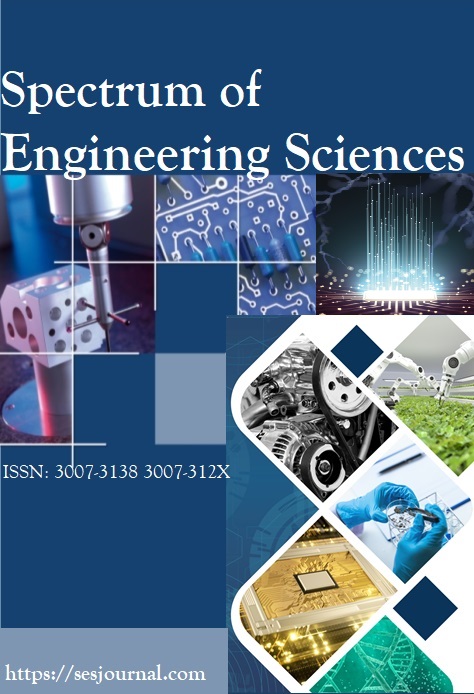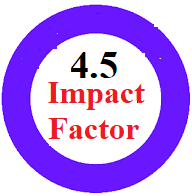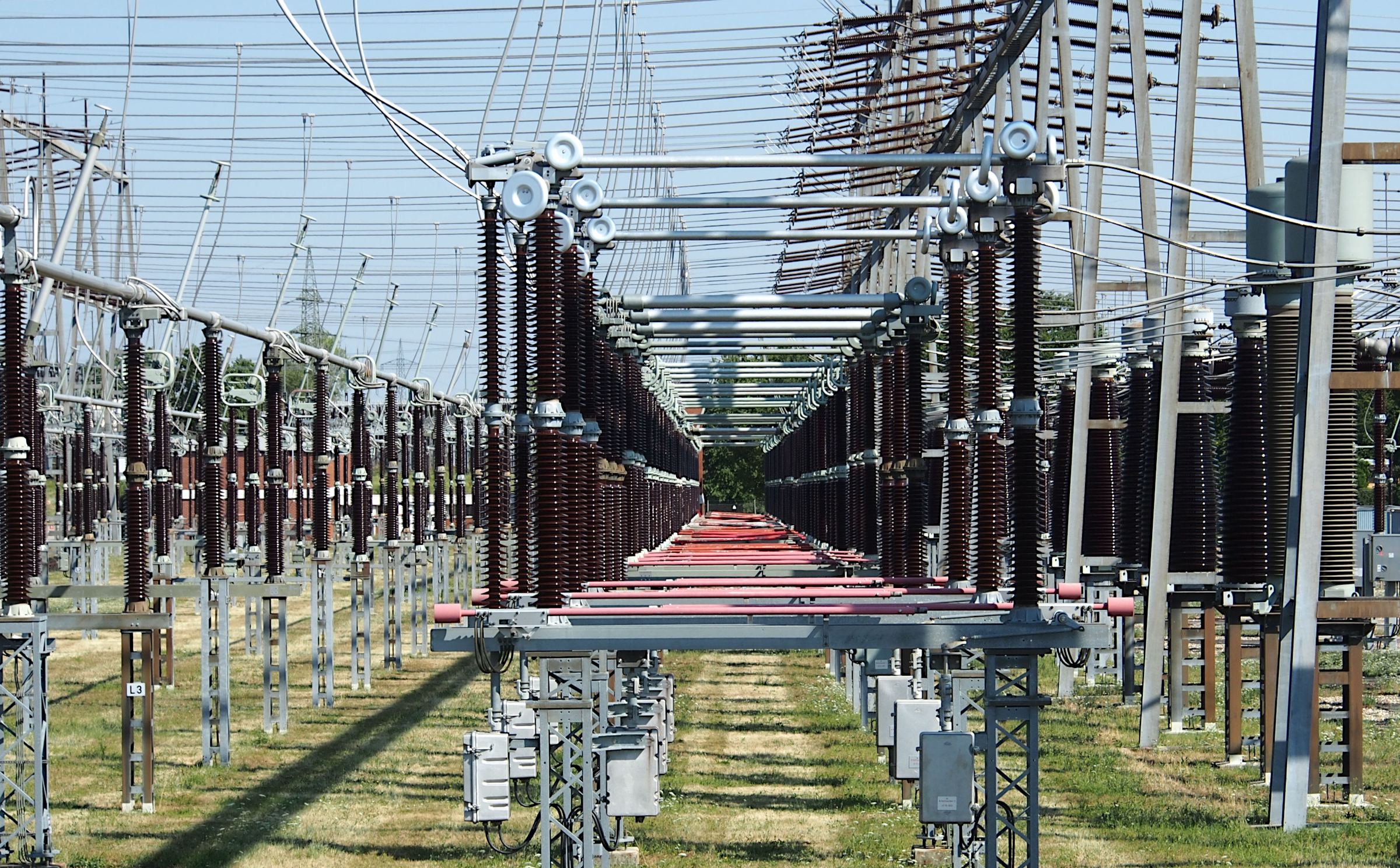A DEEP LEARNING FRAMEWORK FOR SPACE WEATHER PREDICTION: LEVERAGING TWO-DIMENSIONAL CONVOLUTIONAL NEURAL NETWORK FOR SUNSPOT FORECASTING
Keywords:
Time-series analysis, cloud computing, deep learningAbstract
Accurate sunspot activity prediction is crucial for space weather forecasting, as it helps protect space-dependent infrastructure. Cloud computing has significantly advanced deep learning techniques, enabling more precise and efficient forecasting models. This study employs Long Short-Term Memory (LSTM), Gated Recurrent Unit (GRU), and Two-Dimensional Convolutional Neural Networks (2D-CNN) to enhance sunspot prediction accuracy. Leveraging cloud-based frameworks, the proposed approach improves model scalability, optimizes computational efficiency, and enables real-time forecasting. The dataset consists of time-series records of sunspot activity, making it highly suitable for recurrent neural networks. LSTM and GRU effectively capture sequential dependencies, while optimization techniques, including modified particle swarm optimization and hyperparameter tuning, reduce computational complexity and mitigate overfitting. Experimental results indicate that 2D-CNN achieves the highest accuracy 99.39%, with an F1-score of 98.79%, precision of 99.45%, and recall of 99.33%, demonstrating its superior ability to capture spatial correlations in sunspot data. Furthermore, GRU outperforms LSTM in processing sequential data, achieving higher precision (98.80% vs. 97.81%) and F1-score (96.21% vs. 96.11%). These findings reinforce the effectiveness of deep learning, particularly 2D-CNNs, in sunspot forecasting.
















